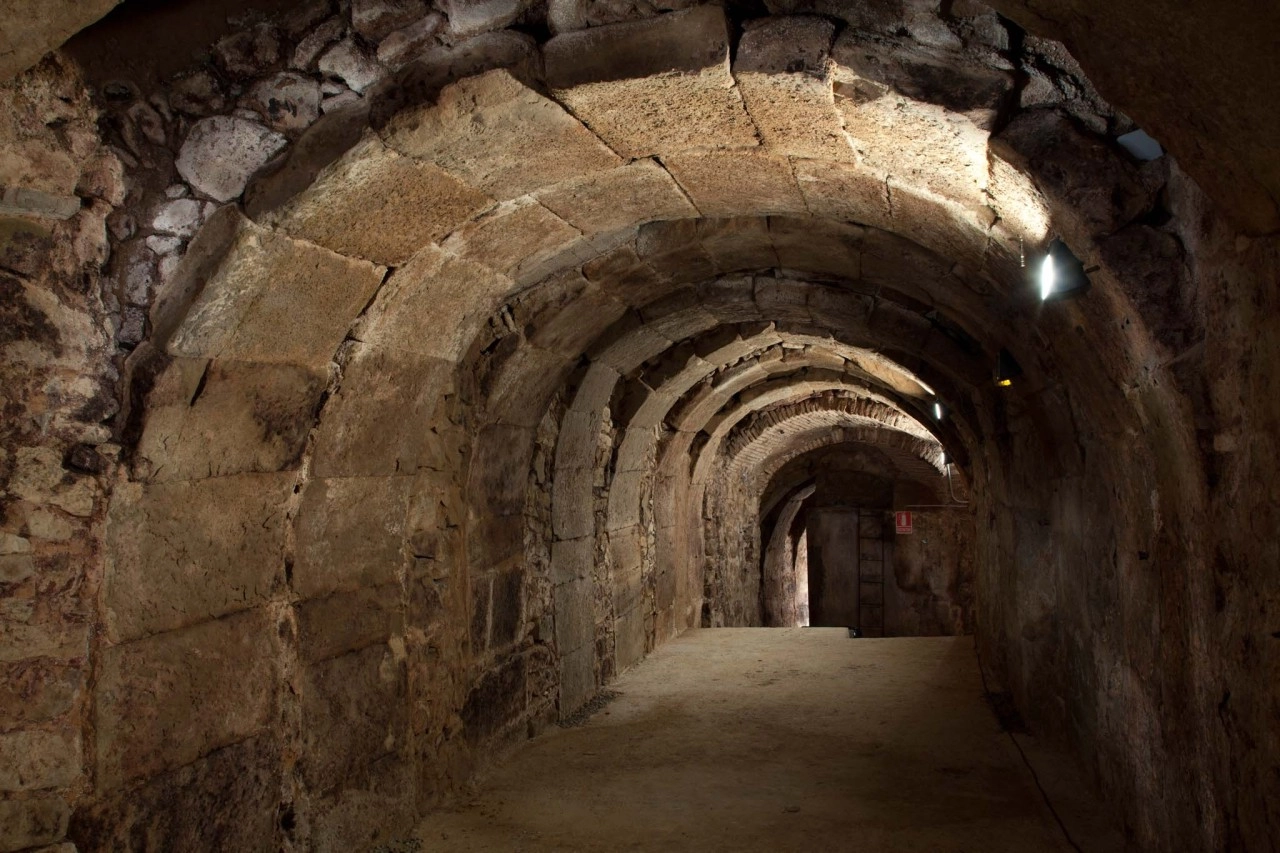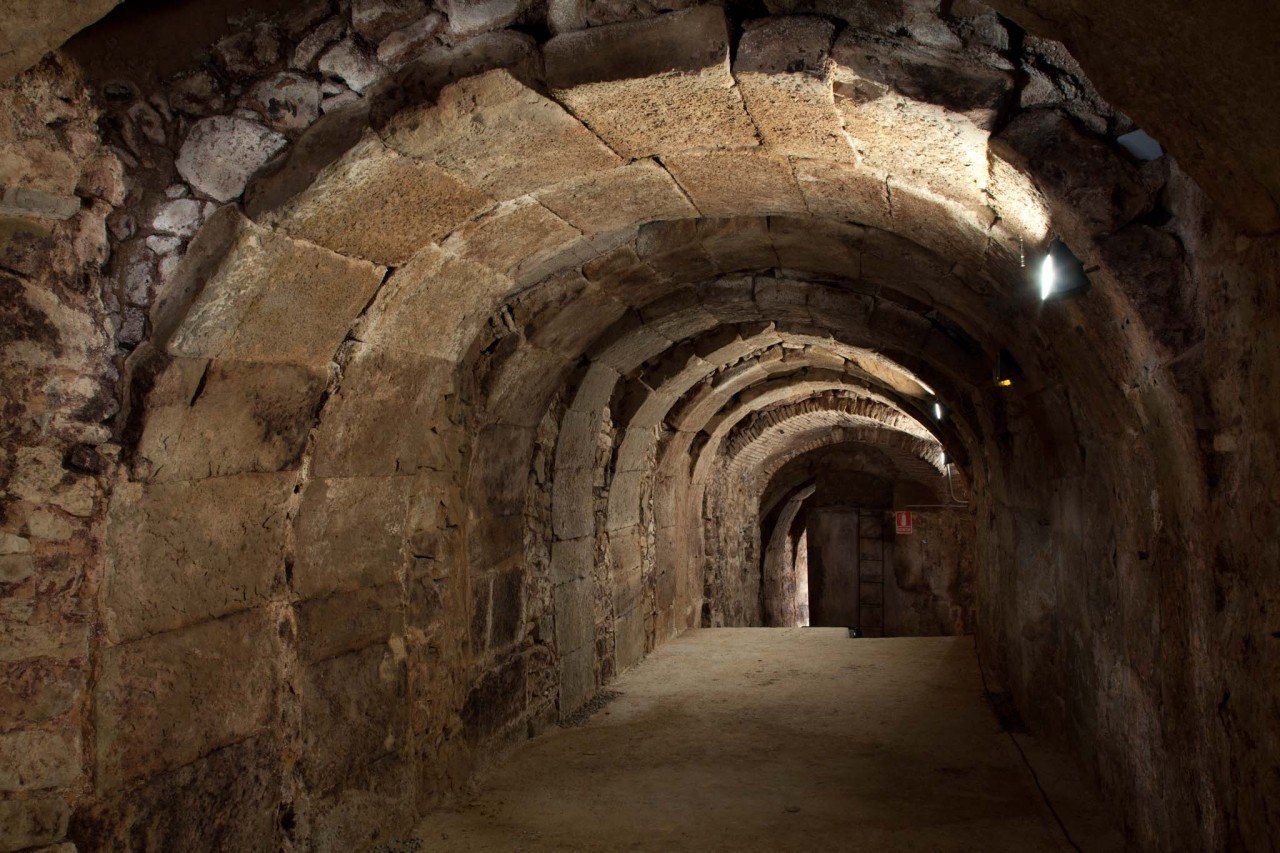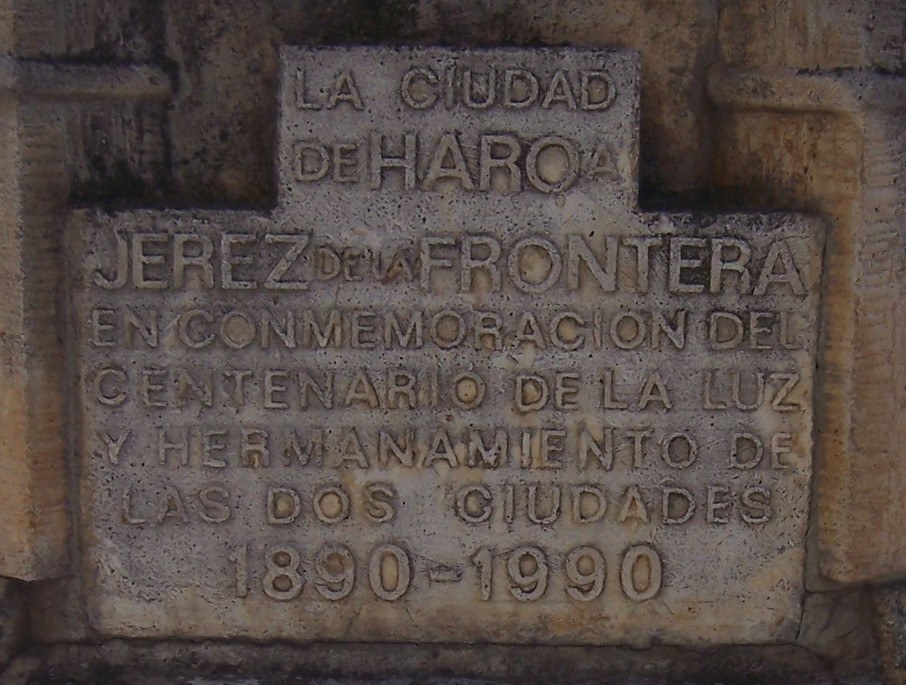We continue, as even earlier, Don Guillermo Hurtado de Amézaga appeared on the scene. He inherited vines and old wineries from his sister in Elciego, founding what is considered to be the oldest «modern style» winery in Rioja – Marqués de Riscal – in 1858, together with his son Don Camilo Hurtado de Amézaga.
Camilo designed the winery in the style of a French Château (this was the model to imitate, in fact Ygay started calling itself Château Ygay), bringing in 1868 the first grape vines of French origin to be grown in Spain.
The grape varieties Merlot, Cabernet Sauvignon and Malbec gave a more universal flavour to the Rioja of that era.
He brought in many novelties, such as the metallic mesh that covered the bottles, used to avoid their fraudulent re-filling (it is still used by some but merely for decorative reasons).

In 1874, Don Celestino Navajas Matute – from a family that had inherited the tradition of winemaking with a vision of the future – founded Bodegas Montecillo in Fuenmayor, the birthplace of many generations of its ancestors, being the third oldest winery in Rioja.
His grandson José Luis Navajas, who studied in France like his father and uncle, took the reins of the winery and is one of the first Riojan winemakers to install cooling systems for temperature control during fermentation, and to some extent, one of the people responsible for the fact that wine is sold in non-returnable glass bottles.
In the 1920s , when wineries did not keep bottled wine, as it was done to order, around 238,000 bottles from different years were audited in Bodegas Montecillo. It is currently the organisation with the largest collection of old vintages stored in the world.
In any case the key Riojan expansion started between 1852 and 1862 when French vineyards were subject to a fierce attack of oidium, a fungus that can destroy vineyards, having a devastating effect on production.

As if that were not enough, in 1863 an even more damaging plague spread across Europe, an insect called phylloxera, that arrived in France soon afterwards in some vines imported from the United States.
As this plague took time to control, they turned to grapes that that they purchased from Rioja winegrowers.

This motivated businessmen from Vizcaya to invest in wine ageing cellars in La Rioja, purchasing grapes from local growers, and locating their cellars close to the incipient railway, what is now know as the «barrio de la estación» or “railway district” in Haro. The town became so important that it was the first in Spain to have electric light.
Initially the majority of the wineries had their business headquarters in Madrid or Bilbao, after time moving next to the winery itself. In fact, the foundation of almost all the centenarian wineries was thanks to investors.
The story was just beginning.
